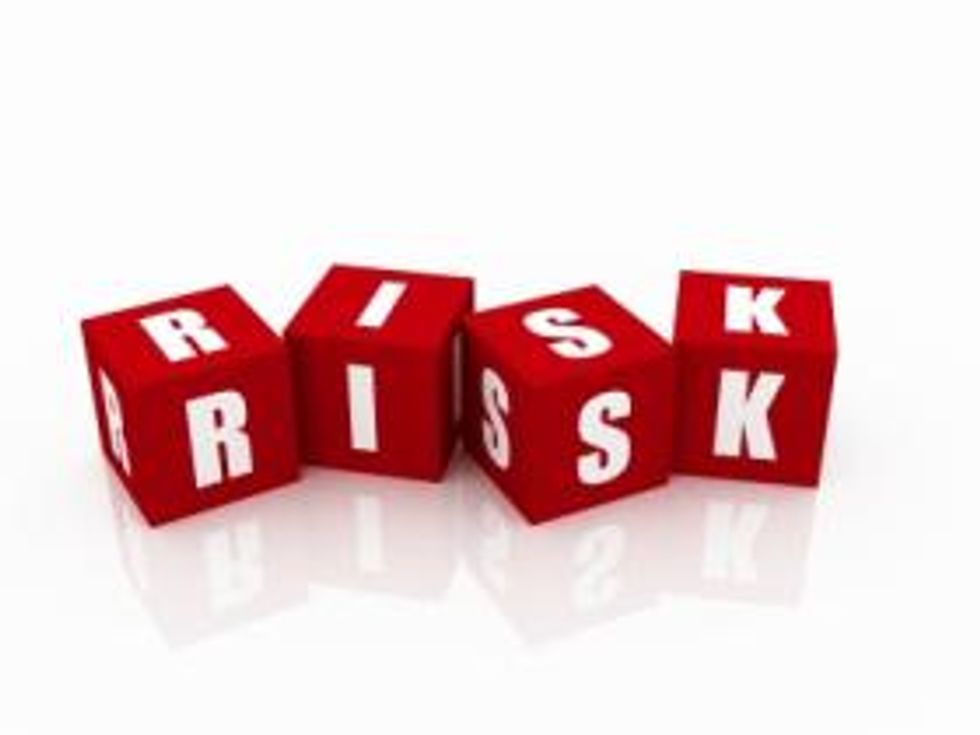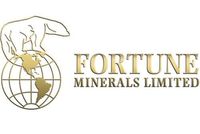New EU Critical Raw Materials Report Has “Disadvantages”: Roskill
Cobalt has once again made a European Union list of critical raw materials, but Roskill Information Services believes there’s more to the cobalt supply story than meets the eye.
Back in 2010, the European Union’s Ad-Hoc Working Group on Defining Critical Raw Materials published its first criticality analysis for raw materials. Its goal was fairly simple: to define the raw materials critical to the EU’s economy and from there “manage responses to raw materials issues at an EU level.”
The group ultimately concluded that of the 41 non-energy, non-agricultural materials it looked at, 14 qualified as critical raw materials. Those were: antimony, gallium, magnesium, tantalum, beryllium, germanium, niobium, tungsten, cobalt, graphite, platinum-group metals, fluorspar, indium and rare earths.
Of course, a lot can change in little time, especially in the resource space. That’s why the Ad-Hoc Working Group is committed to reviewing and updating its list of critical raw materials at least every three years. Accordingly, in 2013 it began work on a new report that was ultimately released last month. Here’s a brief look at the organization’s findings.
More critical materials
The 2013 report uses “the same quantitative methodology” as its 2010 counterpart, applying two criteria, namely: “the economic importance and the supply risk of the selected raw materials.” The new version, however, analyzes 54 materials rather than the 41 looked at in the previous version.
It’s thus perhaps unsurprising that the 2013 report identifies 20 raw materials as critical, six more than the earlier report includes. What is a little surprising is the fact that not all the 2010 critical materials made it back on the list — tantalum, now deemed to have “a lower supply risk,” has been taken off the list. New entries include borates, chromium, coking coal, magnesite, phosphate rock and silicon metal.
What now?
As mentioned, the EU’s interest in identifying critical raw materials stems from a desire to “manage responses to raw materials issues.” While of course ensuring access to such materials is not a concern that’s exclusive to the EU — it’s a growing concern for the United States and Japan as well, according to the report — it’s of particular importance to Europe because while it is “highly dependent on non-energy raw materials to sustain businesses and the economy … very little primary production occurs within Member States themselves.”
That said, the Ad-Hoc Working Group does not give any specific recommendations about what can be done to remedy the situation, merely stating that “necessary and specific actions” should be taken in order to ensure that the EU has “undistorted and reliable access to critical raw materials.”
“Not so fast,” says Roskill
The Ad-Hoc Working Group’s report may seem well and good, but Roskill Information Services has warned readers that it does have some disadvantages.
The firm’s primary gripe seems to be that because “terms like ‘risk’ and ‘critical’ are emotive,” those who don’t understand “the limitations of methodologies and the real implications of the findings” may panic, with “unnecessary substitution” potentially being the end result.
To show the value of considering “the wider supply chain dynamics” surrounding the metals named by the the Ad-Hoc Working Group, Roskill provides a case study of cobalt as a critical material. In it, the firm emphasizes that although the group is right to highlight the supply risk situation in the Democratic Republic of the Congo (DRC), a major producer of the metal, “a volatile state does not necessarily result in volatile levels of raw material exports.”
Specifically, states Roskill, while in the past the country’s domestic refining of cobalt has been affected by strife, “domestic mine production has not been affected to the same extent.” Indeed, from 1996 to 2003, when the main periods of conflict occurred, mine production increased at a compound annual growth rate of 28 percent per year.
Roskill also makes the point that metals and oil make up 95 percent of the DRC’s total export revenue, with mining and quarrying accounting for about 12 percent of its GDP. That means the country is unlikely to put policies in place that would negatively impact those industries.
Finally, the firm points to the fact that the DRC is not the sole determinant of cobalt supply. For instance, two-thirds of cobalt is produced as a by-product of nickel and copper, meaning that demand for either of those metals has the ability to impact cobalt supply.
So, concludes Roskill, read the Ad-Hoc Working Group’s report, but read it with caution. Because “it is only through … a holistic approach that the real issues underpinning the criticality of particular materials can be examined, identified and subsequently addressed.”
Securities Disclosure: I, Charlotte McLeod, hold no direct investment interest in any company mentioned in this article.



